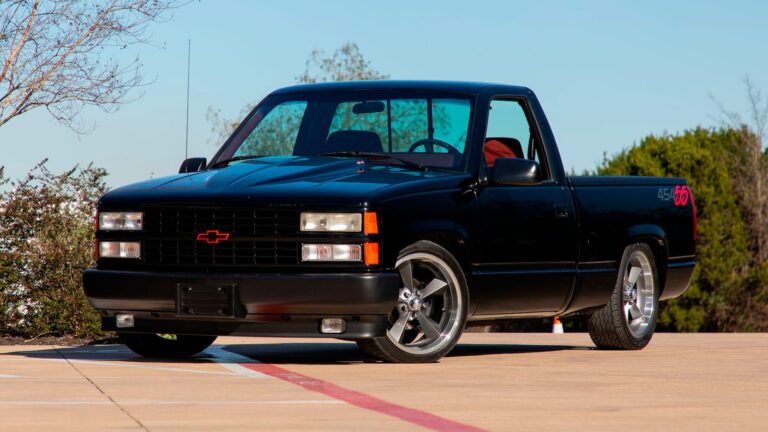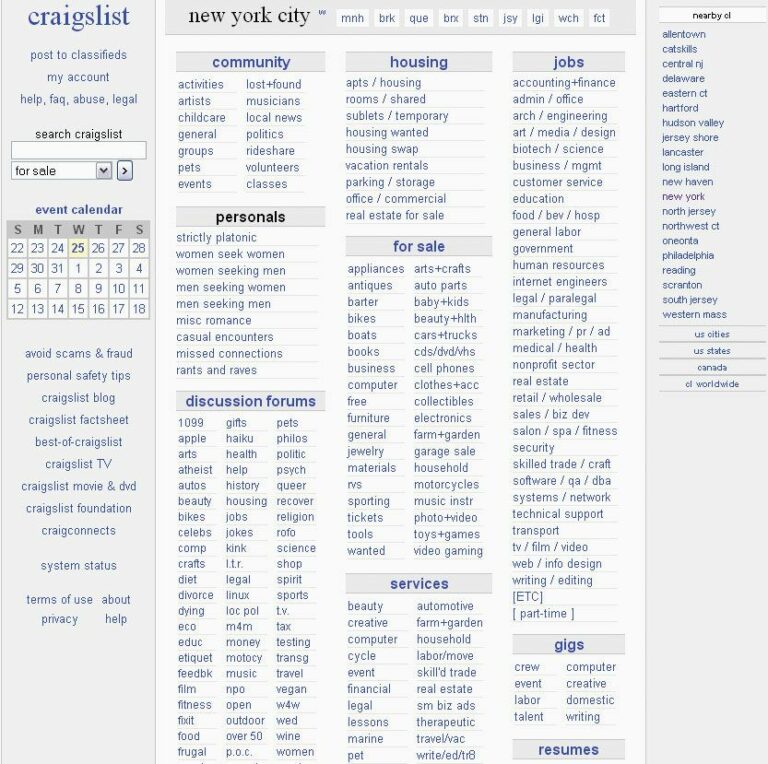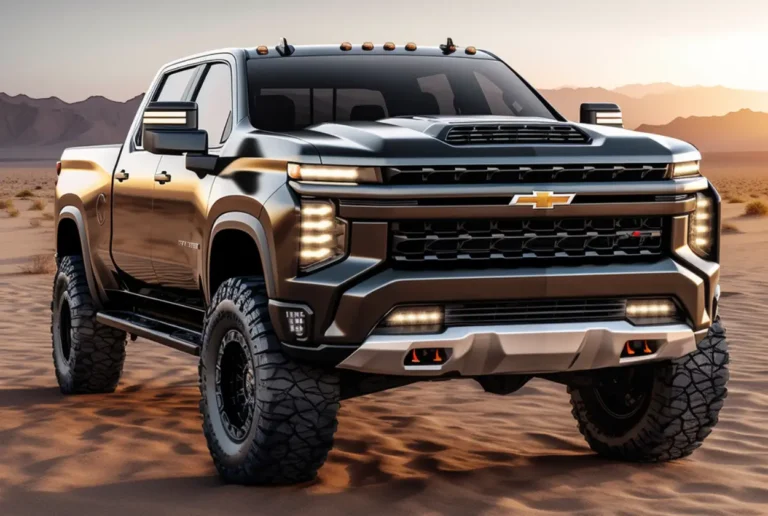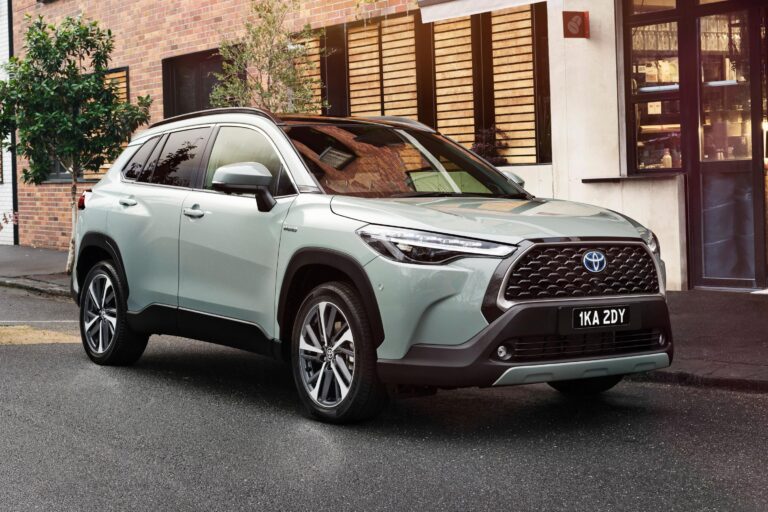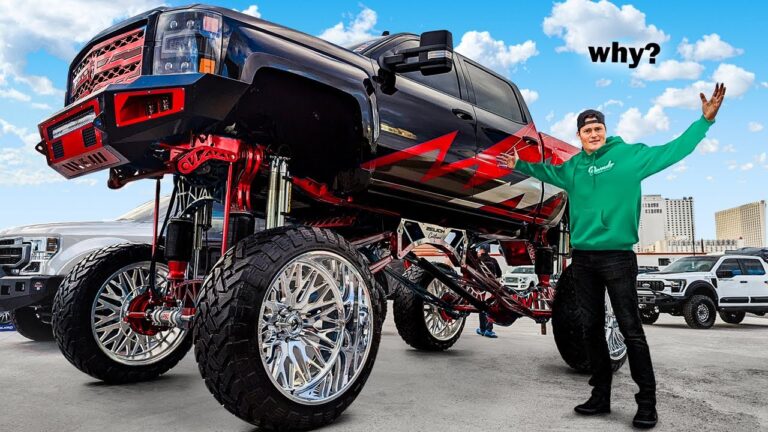How Old Is Semi When It Is Antique: Unraveling the Age of Vintage Haulers
How Old Is Semi When It Is Antique: Unraveling the Age of Vintage Haulers cars.truckstrend.com
The rumble of a classic diesel engine, the gleam of polished chrome on a weathered grille, and the sheer scale of a bygone era – there’s something undeniably captivating about an antique semi-truck. These behemoths of the road, once the workhorses of industry, now command admiration as rolling pieces of history. But what exactly defines an "antique" semi? Is it a simple matter of age, or are there other factors that elevate a vintage truck from mere old machinery to a coveted collectible?
This comprehensive guide delves into the fascinating world of antique semi-trucks, exploring the various definitions of "antique," the crucial factors that contribute to a semi’s historical significance and value, and practical insights for enthusiasts and potential owners. Understanding how old a semi needs to be to earn its antique stripes is more nuanced than it appears, encompassing legal classifications, collector consensus, and the intrinsic qualities of the vehicle itself.
How Old Is Semi When It Is Antique: Unraveling the Age of Vintage Haulers
Defining "Antique" for Commercial Vehicles: More Than Just Years
Unlike fine wine or furniture, the definition of an "antique" vehicle, particularly a commercial one, isn’t universally fixed. It often depends on the context: legal registration, insurance classification, and the collector community’s evolving standards.
1. Legal and State-Specific Definitions:
Most commonly, states in the U.S. define "antique" or "classic" vehicles based on age for registration purposes. This often dictates special license plates, reduced registration fees, and sometimes exemptions from certain modern emissions or safety inspections.
- 20 Years Old: Some states consider a vehicle "antique" once it reaches 20 years from its manufacturing date. This is less common for "antique" and more for "classic" status.
- 25 Years Old: This is a widely accepted benchmark for "classic" car status and often extends to trucks. Many insurance companies begin to offer classic vehicle policies around this age.
- 30 Years Old: Often considered the true starting point for "antique" status by many states and collector organizations. Vehicles 30 years and older are frequently eligible for antique tags, which may come with restrictions on usage (e.g., for parades, exhibitions, or limited recreational driving, not for commercial hauling).
- 40+ Years Old: Some purists and specific organizations may lean towards 40 or even 50 years as the threshold for a "true" antique, especially for larger, more historically significant commercial vehicles.

Important Note: It’s crucial to check the specific regulations of your state or country, as these definitions vary significantly. For instance, a semi considered "antique" in Texas might only be "classic" in California.
2. Collector and Enthusiast Consensus:
Beyond legal definitions, the collector community often has its own unspoken rules. While age is a primary factor, it’s rarely the sole determinant. A 30-year-old semi that’s been heavily modified or poorly maintained might not be as desirable as a 40-year-old one in original, pristine condition. The term "vintage" often applies to trucks that are old but haven’t quite reached "antique" status, or those that are old but still actively used, albeit for non-commercial purposes.

Beyond Age: What Makes a Semi Truly Antique?
While age provides the baseline, several other critical factors elevate a semi from simply "old" to "antique" or "collectible." These elements contribute significantly to its historical value, desirability, and ultimately, its market price.
1. Originality and Authenticity:
An antique semi’s value is often intrinsically linked to how original its components are.
- Unrestored Original: A semi that has survived decades in its original, untouched condition (or with minimal, period-correct repairs) is often highly prized. This includes original paint, interior, engine, and drivetrain.
- Professionally Restored: A semi meticulously restored to its original factory specifications using correct parts and techniques can also command high value. The quality of the restoration is paramount.
- Modified/Custom: While custom builds can be impressive, they typically do not qualify as "antique" in the traditional sense for collectors seeking historical accuracy.

2. Condition and Mechanical Soundness:
Regardless of age, an antique semi’s condition is paramount.
- Show Quality: Immaculate condition, ready for concours events.
- Driver Quality: Well-maintained, fully functional, and presentable for regular enjoyment.
- Barn Find/Project: In need of extensive restoration. While potentially valuable, the cost and effort of restoration must be considered.
- Mechanical Integrity: Is the engine running? Are the brakes functional? A non-running semi, no matter how old, has significantly less immediate value.
3. Rarity and Production Numbers:
Limited production runs, unique configurations, or models that were only produced for a short period tend to be more sought after. A semi from a defunct manufacturer or a particularly rare powertrain combination can increase its antique appeal.
4. Historical Significance:
Did the semi have a notable past?
- Famous Owner/Company: Used by a well-known trucking company, a celebrity, or in a historically significant industry.
- Unique Purpose: A specialized hauler for a specific industry (e.g., logging, oil fields, specific military use).
- Technological Pioneer: A model that introduced significant innovations in trucking technology.
5. Manufacturer and Model Popularity:
Certain brands (e.g., Peterbilt, Kenworth, Mack, Autocar, Freightliner from specific eras) and specific models have cult followings, driving up their antique value. Nostalgia plays a huge role here.
The Journey from Workhorse to Collector’s Item
The transition of a semi-truck from a commercial workhorse to an antique collectible is a fascinating journey. Most semis are built for utility and grueling work, not for preservation. The ones that survive often do so due to:
- Dedicated Owners: Individuals or companies who meticulously maintained them beyond their typical service life.
- Early Retirement: Sometimes, a semi is retired relatively early due to changing regulations or business needs, allowing it to escape the scrap yard.
- Accidental Preservation: "Barn finds" where a truck is parked and forgotten for decades, often in surprisingly good condition due to being sheltered from the elements.
Preserving these giants is a labor of love. It involves tracking down rare parts, finding specialized mechanics familiar with older diesel engines and air brake systems, and often dedicating significant space for storage and restoration.
Practical Advice and Actionable Insights for Antique Semi Enthusiasts
- Do Your Homework: Before investing in an antique semi, thoroughly research the specific make, model, and year. Understand common issues, parts availability, and typical market values.
- Define Your Purpose: Are you looking for a show truck, a parade vehicle, or something you can occasionally drive? Your purpose will dictate the level of restoration and initial investment required.
- Inspect Thoroughly: Always conduct a pre-purchase inspection by a mechanic experienced with older commercial vehicles. Look for rust, frame damage, engine condition, and air system integrity.
- Factor in Ongoing Costs: Antique semis require significant maintenance, specialized fluids, and potentially costly repairs. Storage, insurance, and transportation (if it’s not roadworthy) are also major considerations.
- Join the Community: Connect with antique truck clubs, forums, and online communities. These resources are invaluable for finding parts, advice, and potential buying/selling opportunities.
- Understand Legalities: Be fully aware of your state’s specific antique vehicle registration laws, including any restrictions on commercial use or weight limits.
Challenges of Owning an Antique Semi
- Parts Availability: Finding original or even reproduction parts for older commercial vehicles can be extremely challenging and expensive. Fabrication might be necessary.
- Specialized Mechanics: Many modern diesel mechanics are unfamiliar with older mechanical injection systems, non-computerized engines, and older air brake systems.
- Storage and Space: Semis are large. They require significant covered storage space to protect them from the elements.
- Fuel Economy: Older diesels are not known for their fuel efficiency, and modern diesel prices can make extensive driving costly.
- Safety Standards: Antique semis lack many modern safety features (ABS, traction control, advanced braking systems), requiring extra caution on the road.
Antique Semi Classification & Value Guide
While "price" for "how old" is an abstract concept, this table illustrates how various factors, including age, contribute to a semi’s classification as antique and its potential market value.
| Classification Criteria | Age Range (Typical) | Condition Level | Originality | Rarity/Significance | Value Impact (Relative) |
|---|---|---|---|---|---|
| Vintage/Classic | 25-29 Years | Good Driver to Show | High | Moderate | Moderate |
| Entry-Level Antique | 30-39 Years | Driver to Show | High | Moderate | Moderate to High |
| True Antique/Collector | 40-59 Years | Very Good to Concours | Very High | High | High |
| Historic/Museum Piece | 60+ Years | Concours/Preserved | Exceptional | Extremely High | Very High to Premium |
| Project/Barn Find | Any Age | Poor to Fair | Varies | Varies | Low (reflects restoration cost) |
Note: "Value Impact" is relative and depends heavily on market demand, specific make/model, and restoration quality. This table is a general guide.
Frequently Asked Questions (FAQ) about Antique Semis
Q1: Is a 20-year-old semi considered antique?
A1: Generally, no. While some states might classify it as "classic" at 20-25 years, most commonly, "antique" status for registration and collector purposes begins at 30 years or older.
Q2: Can I still drive an antique semi on the road for commercial purposes?
A2: Typically, no. Antique vehicle registrations usually come with restrictions, often limiting use to parades, exhibitions, and limited recreational driving. Commercial hauling would likely require standard commercial registration, which antique vehicles usually cannot meet due to modern safety and emissions standards.
Q3: Where can I find parts for an old semi-truck?
A3: This can be challenging. Sources include specialized vintage truck parts dealers, online forums and communities, swap meets, junkyards specializing in older vehicles, and sometimes, custom fabrication shops. Networking with other collectors is crucial.
Q4: What are the most popular brands for antique semi-truck collectors?
A4: Brands like Peterbilt, Kenworth, Mack, Autocar, and certain Freightliner and International models from specific eras are highly sought after due to their iconic designs, robust build quality, and historical significance.
Q5: How much does it cost to restore an antique semi?
A5: Restoration costs vary wildly depending on the truck’s initial condition, the desired level of restoration (driver quality vs. show quality), and parts availability. It can range from tens of thousands to well over a hundred thousand dollars for a full, professional restoration.
Q6: Do antique semis require a Commercial Driver’s License (CDL)?
A6: Yes, if the Gross Vehicle Weight Rating (GVWR) or Gross Combination Weight Rating (GCWR) exceeds the CDL threshold (e.g., 26,001 lbs in the U.S.), even for personal use. However, some states might have specific exemptions for antique vehicles used purely for non-commercial, recreational purposes, but this is rare for full-sized semis. Always check your local Department of Motor Vehicles.
Conclusion
The question "How old is a semi when it is antique?" is multifaceted, extending beyond a simple numerical answer. While 30 years is a widely accepted baseline for "antique" status, the true value and allure of a vintage semi are woven into its originality, condition, rarity, and historical narrative. These magnificent machines represent a tangible link to our industrial past, embodying the grit, innovation, and romance of the open road. For enthusiasts, owning an antique semi is more than just possessing an old truck; it’s a commitment to preserving a powerful piece of American (and global) heritage, ensuring that the legacy of these tireless giants continues to inspire for generations to come.

